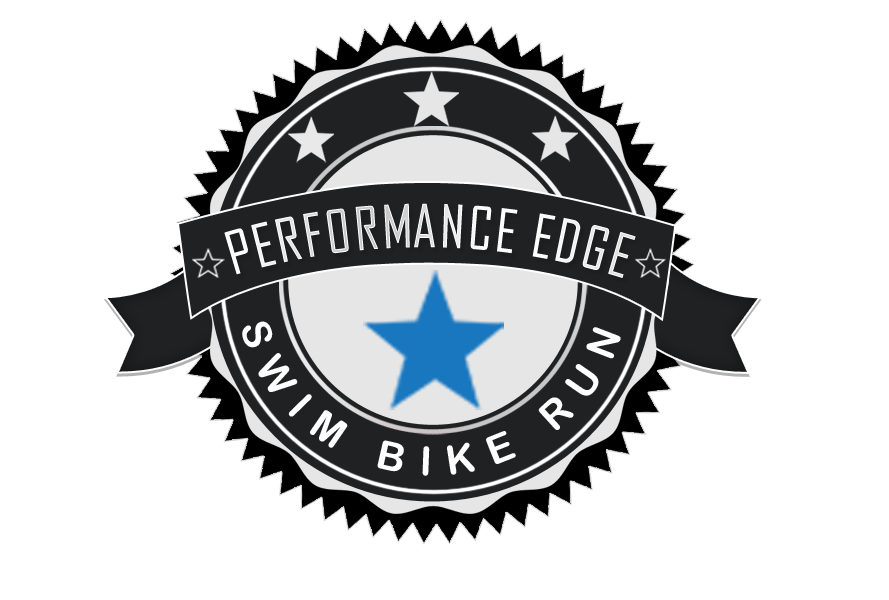Strength Training is one of those training interventions we think we should do but often gets side lined and when we get round to doing some we aren’t quite sure why, or what to do or when to do it. Runners often cite their main reason for doing strength work is to reduce injury however this is perhaps a surprising finding because there is little direct evidence that strength work helps reduce overuse injuries, whereas there is quite a lot evidence for improvement in performance. Papers such as that by Paavolainen et al in the Journal of Applied Physiology https://journals.physiology.org/doi/full/10.1152/jappl.1999.86.5.1527 show a strong correlation between explosive strength training and significant improvement in 5km time along with improved running economy and muscular power. The runners in the experimental group were running around 9 hours a week but reduced their running by 32% and replaced it with explosive sport specific strength work. So read that again, they did one third less running, replaced that third with strength training and got faster.
My personal bias is that despite little evidence to prevent injury, strength training actually can help reduce injury rates, and indeed Blagrove et al agree with me in this nice review of how useful strength training can be for runners,https://pubmed.ncbi.nlm.nih.gov/29249083/ However it is difficult to show this benefit experimentally. Nevertheless, there is a UK based study on this very subject planned in the near future so we look forward to the results of that. I believe if strength training is individualised, with physio advice to look at muscle imbalance, and a focus around addressing sites of previous injuries, then it potentially can be beneficial. Testing that experimentally is virtually impossible so personal coaching experience becomes just as valuable.
As a Coach I find that a great proportion of runners are just not physically strong enough to withstand ground contact and ground reaction forces and injuries like MTSS (shin splints) can in some cases simply be a result of a lack of strength. Therefore, big compound movement patterns with full range of motion performed with good technique like Deadlift, Barbell Back Squat, Romanian Deadlift and weighted calf raises are going to help any runner in my opinion.
How to implement strength work into a run routine will depend upon the individual’s scenario. If time allows, I would prioritise strength (am) and easy run (pm). If the run is meant to have any intensity, it ought to come first so on your interval or VO2 Max days that would come before any strength work. However, there are lots of runners who can’t strength train first because of work, school, or time constraints, so organisation has to change. As a rule of thumb though, whichever order maximises explosive strength for that individual is the optimal way to arrange sessions. Inter-session recovery is discussed here https://pubmed.ncbi.nlm.nih.gov/29249083/
and this is also a good paper that covers how and when to implement sessions https://link.springer.com/article/10.1007/s40279-019-01072-2
Finally, a recent UK study into the habits of “elite” athletes (that was their definition of themselves) showed 58% carry out strength training 3+ times a week, strength training is defined as lifting (don’t get me started on “core”!), 29% report doing it twice a week, 7% once a week and 6% never. For me the compound lifts identified above are a good starting point to develop strength, most runners we will deal with will be time crunched so getting bang for bucks is critical. Rolling around on the floor doing the latest “core” move cited in an online running magazine will have little to no effect on performance nor injury prevention and is, in my opinion not a good use of a runner’s time unless you have been advised by a physio to undertake a particular movement. #StrongNotSkinny

